Quick trivia question to get us started: What do Lindsey Lohan, former Panamanian dictator Manuel Noriega, and the rock band No Doubt all have in common?
A) They have all portrayed Elizabeth Taylor in a made-for-TV movie
B) They have all served time in federal prison for racketeering charges
C) They have all sued video game publishers over the use of their likeness
D) They have all recorded hit songs centered on the theme of spiderwebs
If you answered C, you would be correct (although there’s still time for Noriega and Lohan to drop their own covers of “Spiderwebs“).
No Doubt’s lawsuit was successful and Noriega’s was not, for reasons we’ll get into below. Lohan’s case is still in the early stages, however, although her odds for success appear less than great. The actress and singer, who starred in The Parent Trap, Freaky Friday, and Mean Girls, but then encountered years of legal and personal trouble related to drug and alcohol use, sued Take-Two, the parent company of Rockstar Games, for unlawfully using her image in the massively successful Grand Theft Auto 5 video game (a multi-billion dollar release which has sold 60 million copies at last count). Just this week, a New York Supreme Court judged ruled that Lohan’s case against Take-Two could go forward.
Notably, unlike the Noriega and No Doubt cases in which the video games at issue unambiguously portrayed the plaintiffs, the GTA 5 game never specifically references Lohan, and she instead claims that two animated characters resemble her. Which brings us to the question – what legal precedents are there for use of a celebrity likeness in a creative work?
The Mysterious Case of the “Red Bikini Girl”
Lohan’s lawsuit against Take-Two centers on two GTA 5 characters: 1) Lacey Jonas, a “young starlet” who must be rescued from paparazzi in one of the game’s missions; and 2) the so-called “Red Bikini Girl” – a young woman wearing a red bikini while holding up a phone to take a “selfie” – which was used prominently in the marketing of the game (Lohan’s lawyers offered a similar photo of Lohan to argue the point).
Lohan argues that the use of the Jonas character and the Red Bikini Girl give rise to a right of publicity claim under Section 51 of the New York Civil Rights Law. That New York state law says that a plaintiff may pursue damages when his or her likeness or identity – which can be through “any recognizable likeness” of a person’s name, portrait, picture and voice – is used for marketing or trade purposes without written consent.
In 1984, a New York state court found that Jacqueline Kennedy Onassis could bring a successful Section 51 claim against the fashion designer Christian Dior for hiring actress and Kennedy-lookalike Barbara Reynolds to impersonate the former first lady in fashion ads (see the resemblance here). What makes Lohan’s claims against Take-Two different from that case and other similar cases is that the Jonas character does not claim to be Lohan, and nowhere in the game’s marketing materials is there an explicit reference to the actress. Instead Lohan argues that, because the Jonas character looks like her and has a history of problems and run-ins with paparazzi, and that separately the Red Bikini Girl seems to be based on her photo, Take-Two is nonetheless liable for violating Section 51 and that some of those GTA 5 billions should go to her.
Lohan’s argument is an aggressive one, given the lack of specific references to Lohan – not to mention the First Amendment issues we will discuss below – and at this point the judge has not ruled on the merits of her argument, and instead only ruled that her case is not barred by New York’s statute of limitations. Before we return to the potential merits of Lohan’s arguments, let’s take a look at how her fellow plaintiffs Noriega and No Doubt did in arguing their cases.
The Military Dictator Who Can’t Get No Respect
For those too young to remember America’s adventures in Panama in 1989 , Manuel Noriega was infamous in the 1980’s for being the military dictator of Panama and for facilitating drug trafficking and money laundering for the Medellin Cartel. After President Bush the senior launched an invasion into Panama in 1989, Noriega was captured by US forces (in an operation involving blaring rock music at his hideout, including, fittingly, Van Halen’s “Panama“), tried in the US on federal drug and racketeering charges, and sentenced to 40 years prison for life, before facing additional charges in Panama. All of which might lead you to conclude he’s got better things to worry about than how he is portrayed in a video game, but you’d be wrong.
Noriega sued Activision, makers of the Call of Duty franchise, in California state court in 2014 for using his likeness in the game Call of Duty: Black Ops 2, arguing that, among other things, the company had violated California’s Civil Code 3344, which, like New York’s Civil Rule 51, protects plaintiffs from the unauthorized commercial use of their name, voice, signature, or likeness. One big difference between the Lohan and the Noriega case is that the Call of Duty game specifically references Noriega as the character. Noriega’s complaint argued that the game cast him in a poor light as it presented him as a “kidnapper, murderer, and enemy of the state,” and that various characters referred to his character (the game included up to 45 historical characters) as an “ass****”, “piece of ****” and, borrowing a phrase actually used against the dictator by his countrymen, “old pineapple-face.”
The judge dismissed Noriega’s lawsuit on the grounds that there appeared to be no way for Noriega to overcome Activision’s First Amendment argument that it was entitled to use Noriega’s image on the basis of the legal concept of “transformative use.” What transformative use means is that a defendant may use a celebrity likeness for commercial gain if it has been “so transformed that it has become primarily the defendant’s own expression rather than the celebrity’s likeness.” The court relied on past California state cases in ruling that the use of “lampoon, parody, or caricature” would likely point to transformative use, as well as where the use of the celebrity likeness is part of a larger story. In sum, what the court was saying here was that, if you simply drop the likeness of a celebrity in your commercial work, you may be liable for violating a privacy right, but if the likeness is “transformed” through the defendant’s work to create something new, then the plaintiff will have no cause of action. In finding that there was a transformative use of Noriega’s likeness, and thus no cause of action, the court noted that the Noriega character was one of 45 characters who appeared in only two of the games 11 missions, and that Activision spent $100 million over two years and enlisted 250 professionals in creating the game.
No Doubt’s Win on No Transformative Use
The band No Doubt succeeded where Noriega later failed in arguing that Activision improperly used its likeness in the 2009 game Band Hero, and a California court ruled that Activision could not successfully assert a transformative use defense. Notably, No Doubt actually had a licensing agreement with Activision to use its band members’ avatars in conjunction with the digital “performance” of their songs “Don’t Speak” and “Just a Girl,” and participated in a full-day motion capture session at Activision’s studios. The band argued, however, that Activision violated the licensing agreement by including an option by which players could use the No Doubt avatars to play all the songs in the game.
The state court looked at past popular culture examples of transformative uses of celebrity likenesses – both those that were litigated and some that were not – including Andy Warhol’s silkscreens of Elvis Presley and Marilyn Monroe, a comic book featuring two worms obviously based on the rock star brothers Johnny and Edgar Winter, and a video game with a character based on the singer of the band Deee-Lite (the title of their one hit song may not be in your brain but the groove is in your heart), and found that, in each case, the artists had made transformative use of the celebrity likeness. But, in looking at the use of the No Doubt avatars, the court found there was no transformative use as they were simply playing rock songs, the same activity the No Doubt members did in real life, and thus Activision could not argue that it had created a new, transformative work for which it was entitled to appropriate the band member images. No Doubt and Activision later settled the suit for an undisclosed amount on the eve of trial.
Does Transformative Use Save Take-Two?
Coming back to Lohan’s arguments that the GTA 5 makers violated her rights with the Jonas and Red Bikini Girl characters, we can see that the actress is facing an uphill battle in arguing for a right to publicity claim. Of course, we have to remember that she is suing in New York state court under New York state law and the Noriega and No Doubt cases were both California state law claims in California state courts, and so the California rulings are not binding on New York. But, the New York and California state causes of actions are substantially similar, and the defendants in the Lohan case will likely be arguing the federal First Amendment defense of transformative use, which was laid out by the U.S. Supreme Court in 1994 in Campbell v. Acuff-Rose Music, (where the rap group 2 Live Crew defended its use of a sample of Roy Orbison’s “Oh Pretty Woman!”), which is, of course, binding in all 50 states.
Putting this all together, not only will Lohan have to prove that either Jonas or the Red Bikini Girl should be seen as appropriating her likeness, but she will have to argue that the use of her likeness was not transformative. This may be more straightforward with regard to the Red Bikini Girl if Lohan can prove that the likeness is of her, as the character seems to have only been used as a picture to market the game, but may be more difficult for the Jonas character as the game makers do appear to have created a larger world and backstory (thus creating a transformative use) rather than merely using a celebrity image.
At any rate, for any would-be gamemakers or other artists incorporating celebrity likeness, the bottom line is to 1) either get written permission to use the likeness, or 2) make a “transformative use” of the celebrity likeness lest you risk incurring celebrity-sized damages.
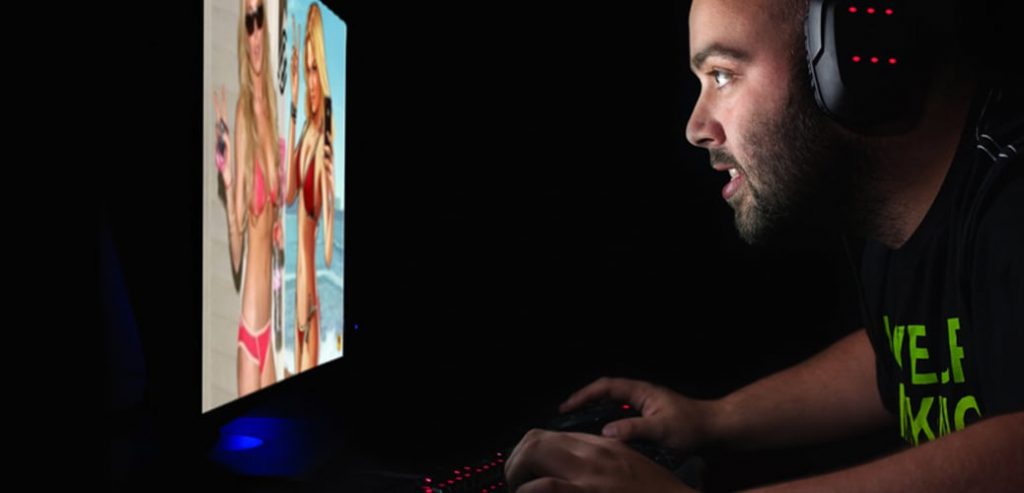


![Explaining the Hans Niemann Chess Lawsuit v. Magnus Carlsen [e320]](https://www.pashalaw.com/wp-content/uploads/2022/10/LAWYER-EXPLAINS-7-1024x576.png)
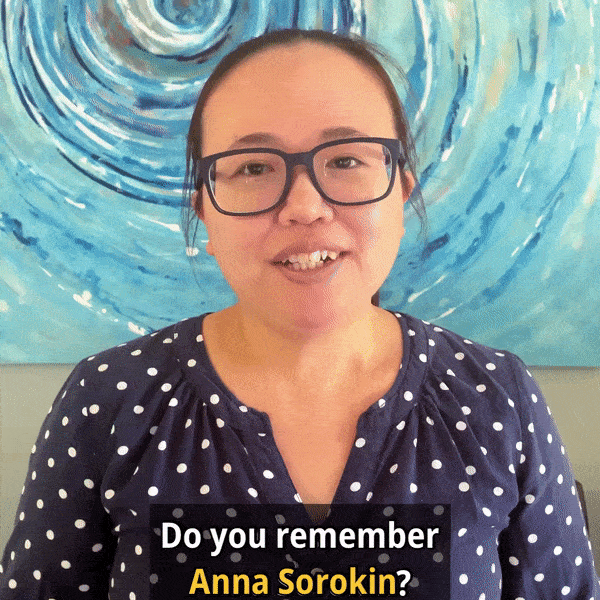
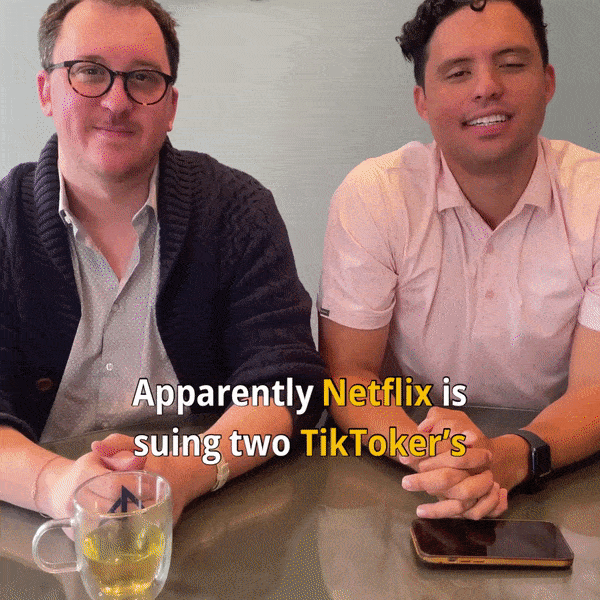
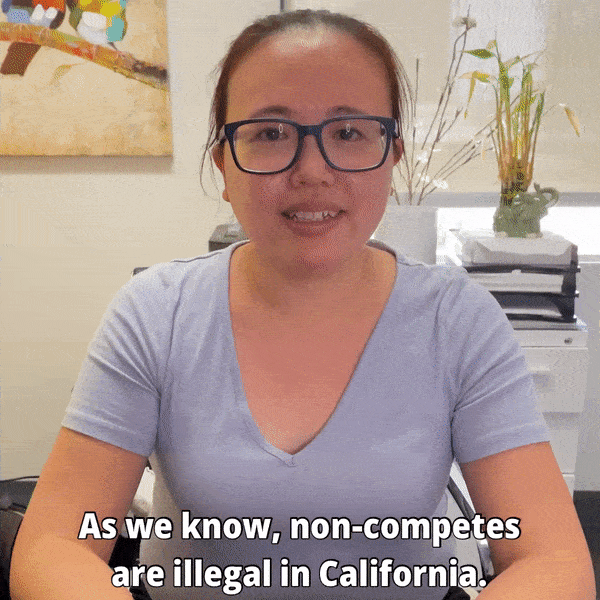


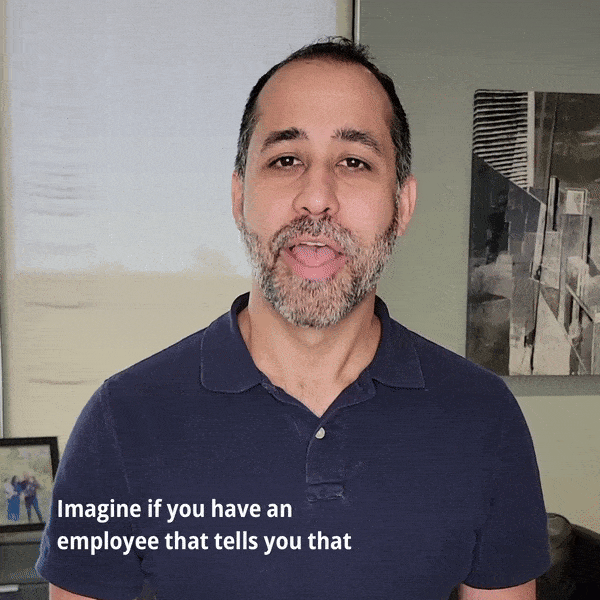
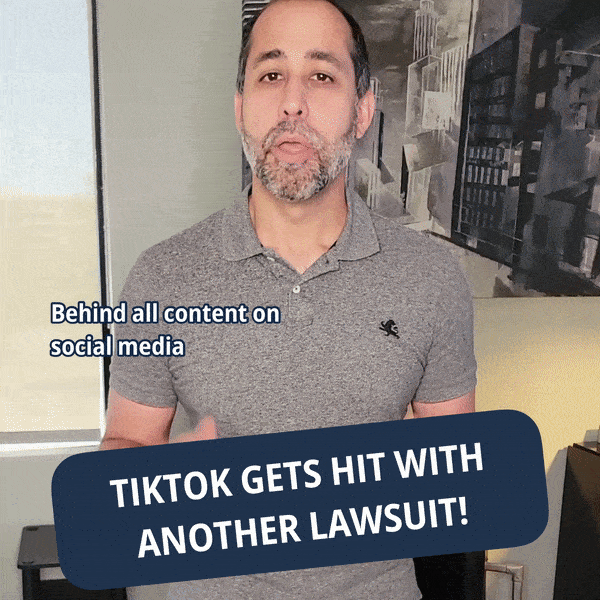
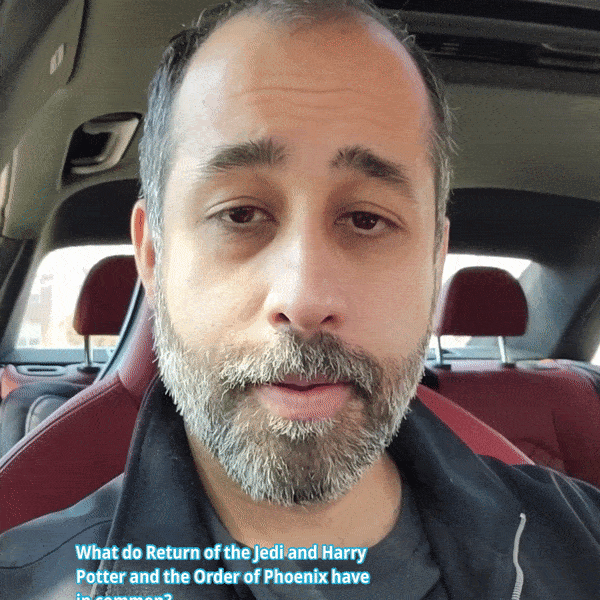
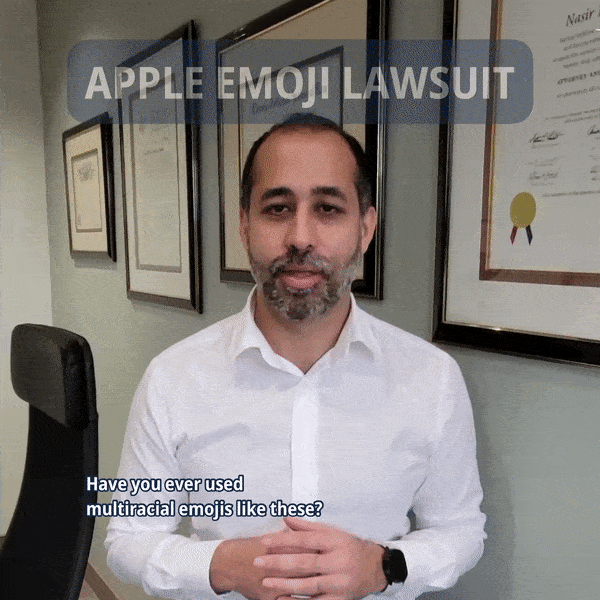
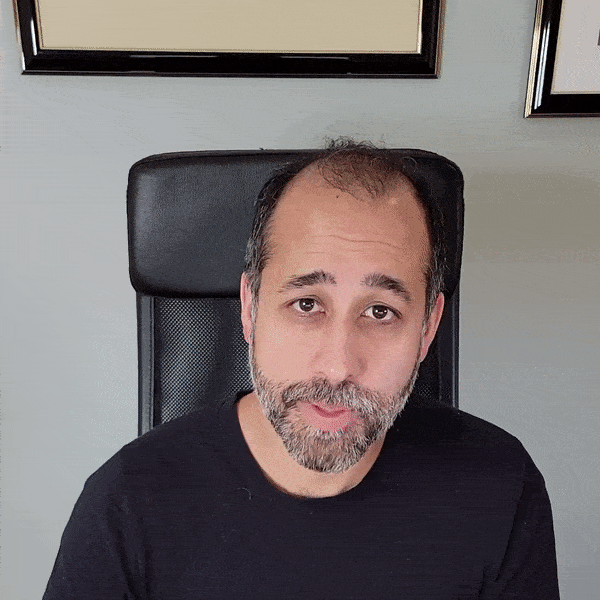




![Law in the Digital Age: Exploring the Legal Intricacies of Artificial Intelligence [e323]](https://www.pashalaw.com/wp-content/uploads/2023/11/WhatsApp-Image-2023-11-21-at-13.24.49_4a326c9e-300x212.jpg)
![Unraveling the Workforce: Navigating the Aftermath of Mass Layoffs [e322]](https://www.pashalaw.com/wp-content/uploads/2023/07/Untitled-design-23-300x212.png)
![Return to the Office vs. Remote: What Can Employers Legally Enforce? [e321]](https://www.pashalaw.com/wp-content/uploads/2023/01/Pasha_LSSB_321_banner-300x212.jpg)
![Explaining the Hans Niemann Chess Lawsuit v. Magnus Carlsen [e320]](https://www.pashalaw.com/wp-content/uploads/2022/10/LAWYER-EXPLAINS-7-300x169.png)
![California v. Texas: Which is Better for Business? [313]](https://www.pashalaw.com/wp-content/uploads/2021/07/Pasha_LSSB_CaliforniaVSTexas-300x212.jpg)
![Buyers vs. Sellers: Negotiating Mergers & Acquisitions [e319]](https://www.pashalaw.com/wp-content/uploads/2022/06/Pasha_LSSB_BuyersVsSellers_banner-300x212.jpg)
![Employers vs. Employees: When Are Employment Restrictions Fair? [e318]](https://www.pashalaw.com/wp-content/uploads/2022/05/Pasha_LSSB_EmployeesVsEmployers_banner-1-300x212.jpg)
![Vaccine Mandates Supreme Court Rulings [E317]](https://www.pashalaw.com/wp-content/uploads/2022/02/WhatsApp-Image-2022-02-11-at-4.10.32-PM-300x212.jpeg)
![Business of Healthcare [e316]](https://www.pashalaw.com/wp-content/uploads/2021/11/Pasha_LSSB_BusinessofHealthcare_banner-300x212.jpg)
![Social Media and the Law [e315]](https://www.pashalaw.com/wp-content/uploads/2021/10/WhatsApp-Image-2021-10-06-at-1.43.08-PM-300x212.jpeg)
![Defining NDA Boundaries: When does it go too far? [e314]](https://www.pashalaw.com/wp-content/uploads/2021/09/Pasha_LSSB_NDA_WordPress-2-300x212.jpg)
![More Than a Mistake: Business Blunders to Avoid [312] Top Five Business Blunders](https://www.pashalaw.com/wp-content/uploads/2021/06/Pasha_LSSB_Blunders_WP-1-300x212.jpg)
![Is There a Right Way to Fire an Employee? We Ask the Experts [311]](https://www.pashalaw.com/wp-content/uploads/2021/02/Pasha_LSSB_FireAnEmployee_Website-300x200.jpg)
![The New Frontier: Navigating Business Law During a Pandemic [310]](https://www.pashalaw.com/wp-content/uploads/2020/12/Pasha_LSSB_Epidsode308_Covid_Web-1-300x200.jpg)
![Wrap Up | Behind the Buy [8/8] [309]](https://www.pashalaw.com/wp-content/uploads/2020/11/Pasha_BehindTheBuy_Episode8-300x200.jpg)
![Is it all over? | Behind the Buy [7/8] [308]](https://www.pashalaw.com/wp-content/uploads/2020/09/iStock-1153248856-overlay-scaled-300x200.jpg)
![Fight for Your [Trademark] Rights | Behind the Buy [6/8] [307]](https://www.pashalaw.com/wp-content/uploads/2020/07/Fight-for-your-trademark-right-300x200.jpg)
![They Let It Slip | Behind the Buy [5/8] [306]](https://www.pashalaw.com/wp-content/uploads/2020/06/Behind-the-buy-they-let-it-slip-300x200.jpg)
![Mo’ Investigation Mo’ Problems | Behind the Buy [4/8] [305]](https://www.pashalaw.com/wp-content/uploads/2020/05/interrobang-1-scaled-300x200.jpg)
![Broker or Joker | Behind the Buy [3/8] [304] Behind the buy - Broker or Joker](https://www.pashalaw.com/wp-content/uploads/2020/04/Joker-or-Broker-1-300x185.jpg)
![Intentions Are Nothing Without a Signature | Behind the Buy [2/8] [303]](https://www.pashalaw.com/wp-content/uploads/2020/04/intentions-are-nothing-without-a-signature-300x185.jpg)
![From First Steps to Final Signatures | Behind the Buy [1/8] [302]](https://www.pashalaw.com/wp-content/uploads/2020/04/first-steps-to-final-signatures-300x185.jpg)
![The Dark-side of GrubHub’s (and others’) Relationship with Restaurants [e301]](https://www.pashalaw.com/wp-content/uploads/2015/04/When-Competition-Goes-Too-Far-Ice-Cream-Truck-Edition-300x201.jpg)
![Ultimate Legal Breakdown of Internet Law & the Subscription Business Model [e300]](https://www.pashalaw.com/wp-content/uploads/2019/05/Ultimate-Legal-Breakdown-of-Internet-Law-the-Subscription-Business-Model-300x196.jpg)
![Why the Business Buying Process is Like a Wedding?: A Legal Guide [e299]](https://www.pashalaw.com/wp-content/uploads/2019/03/futura-300x169.jpg)
![Will Crowdfunding and General Solicitation Change How Companies Raise Capital? [e298]](https://www.pashalaw.com/wp-content/uploads/2018/11/Will-Crowdfunding-and-General-Solicitation-Change-How-Companies-Raise-Capital-300x159.jpg)
![Pirates, Pilots, and Passwords: Flight Sim Labs Navigates Legal Issues (w/ Marc Hoag as Guest) [e297]](https://www.pashalaw.com/wp-content/uploads/2018/07/flight-sim-labs-300x159.jpg)
![Facebook, Zuckerberg, and the Data Privacy Dilemma [e296] User data, data breach photo by Pete Souza)](https://www.pashalaw.com/wp-content/uploads/2018/04/data-300x159.jpg)
![What To Do When Your Business Is Raided By ICE [e295] I.C.E Raids business](https://www.pashalaw.com/wp-content/uploads/2018/02/ice-cover-300x159.jpg)
![General Contractors & Subcontractors in California – What you need to know [e294]](https://www.pashalaw.com/wp-content/uploads/2018/01/iStock-666960952-300x200.jpg)
![Mattress Giants v. Sleepoplis: The War On Getting You To Bed [e293]](https://www.pashalaw.com/wp-content/uploads/2017/12/sleepopolis-300x159.jpg)
![The Harassment Watershed [e292]](https://www.pashalaw.com/wp-content/uploads/2017/12/me-2-300x219.jpg)
![Investing and Immigrating to the United States: The EB-5 Green Card [e291]](https://www.pashalaw.com/wp-content/uploads/2012/12/eb-5-investment-visa-program-300x159.jpg)
![Responding to a Government Requests (Inquiries, Warrants, etc.) [e290] How to respond to government requests, inquiries, warrants and investigation](https://www.pashalaw.com/wp-content/uploads/2017/10/iStock_57303576_LARGE-300x200.jpg)
![Ultimate Legal Breakdown: Employee Dress Codes [e289]](https://www.pashalaw.com/wp-content/uploads/2017/08/Ultimate-Legal-Breakdown-Template-1-300x159.jpg)
![Ultimate Legal Breakdown: Negative Online Reviews [e288]](https://www.pashalaw.com/wp-content/uploads/2017/06/Ultimate-Legal-Breakdown-Online-Reviews-1-300x159.jpg)
![Ultimate Legal Breakdown: Social Media Marketing [e287]](https://www.pashalaw.com/wp-content/uploads/2017/06/ultimate-legal-breakdown-social-media-marketing-blur-300x159.jpg)
![Ultimate Legal Breakdown: Subscription Box Businesses [e286]](https://www.pashalaw.com/wp-content/uploads/2017/03/ultimate-legal-breakdown-subscription-box-services-pasha-law-2-300x159.jpg)
![Can Companies Protect Against Foreseeable Misuse of Apps [e285]](https://www.pashalaw.com/wp-content/uploads/2017/01/iStock-505291242-300x176.jpg)
![When Using Celebrity Deaths for Brand Promotion Crosses the Line [e284]](https://www.pashalaw.com/wp-content/uploads/2017/01/celbrity-300x159.png)
![Are Employers Liable When Employees Are Accused of Racism? [e283] Racist Employee](https://www.pashalaw.com/wp-content/uploads/2016/12/Are-employers-liable-when-an-employees-are-accused-of-racism-300x159.jpg)
![How Businesses Should Handle Unpaid Bills from Clients [e282] What to do when a client won't pay.](https://www.pashalaw.com/wp-content/uploads/2016/12/How-Businesses-Should-Handle-Unpaid-Bills-to-Clients-300x159.png)
![Can Employers Implement English Only Policies Without Discriminating? [e281]](https://www.pashalaw.com/wp-content/uploads/2016/11/Can-Employers-Impliment-English-Only-Policies-Without-Discriminating-300x159.jpg)
![Why You May No Longer See Actors’ Ages on Their IMDB Page [e280]](https://www.pashalaw.com/wp-content/uploads/2016/10/IMDB-AGE2-300x159.jpg)
![Airbnb’s Discrimination Problem and How Businesses Can Relate [e279]](https://www.pashalaw.com/wp-content/uploads/2016/09/airbnb-300x159.jpg)
![What To Do When Your Amazon Account Gets Suspended [e278]](https://www.pashalaw.com/wp-content/uploads/2016/09/What-To-Do-When-Your-Amazon-Account-Gets-Suspended-1-300x200.jpg)
![How Independent Artists Reacted to Fashion Mogul Zara’s Alleged Infringement [e277]](https://www.pashalaw.com/wp-content/uploads/2016/08/How-Independent-Artists-Reacted-to-Fashion-Mogul-Zaras-Alleged-Infringement--300x159.jpg)
![Can Brave’s Ad Replacing Software Defeat Newspapers and Copyright Law? [e276]](https://www.pashalaw.com/wp-content/uploads/2016/08/Can-Braves-Ad-Replacing-Software-Defeat-Newspapers-and-Copyright-Law-300x159.jpg)
![Why The Roger Ailes Sexual Harassment Lawsuit Is Far From Normal [e275]](https://www.pashalaw.com/wp-content/uploads/2016/07/WHY-THE-ROGER-AILES-SEXUAL-HARASSMENT-LAWSUIT-IS-FAR-FROM-NORMAL-300x159.jpeg)
![How Starbucks Turned Coveted Employer to Employee Complaints [e274]](https://www.pashalaw.com/wp-content/uploads/2016/07/iStock_54169990_LARGE-300x210.jpg)
